As Americans, when we think of the role of women in World War II (WWII), we often envision factories filled with women wearing headscarves, riveting together airplanes. That may have been what was happening here in the United States, but across the Atlantic in Great Britain, things were definitely more dangerous for the women that helped with the war effort.

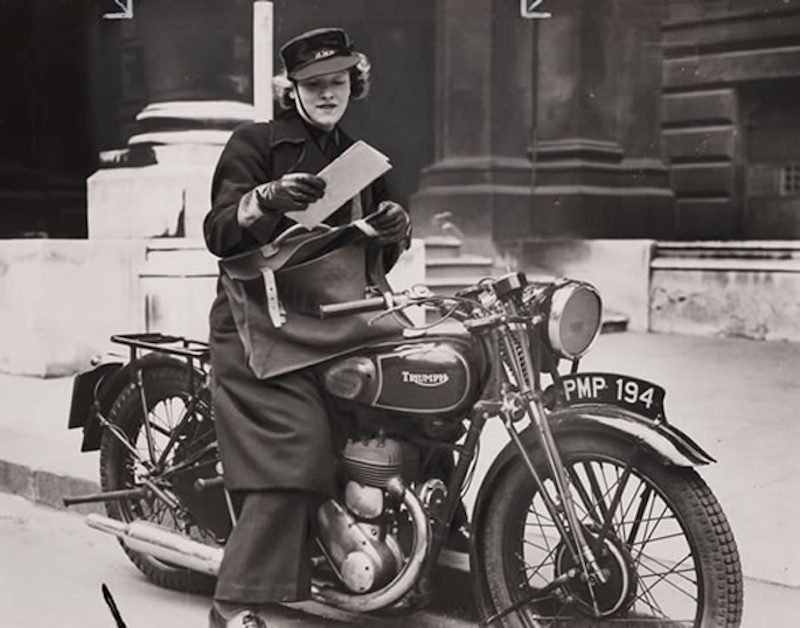
By 1939, it was clear that every able-bodied British seamen would be needed to serve on ships so the Royal Navy decided to reconstitute the Women’s Royal Navy Service—nicknamed “The Wrens”—which had been disbanded after World War I. Initially 3,000 women were enlisted to perform shore based duties thus freeing up their male counterparts to go to sea. The Royal Navy made the Wrens focus on land-missions abundantly clear using the recruitment slogan “Join the Wrens and Free a Man for the Fleet.”
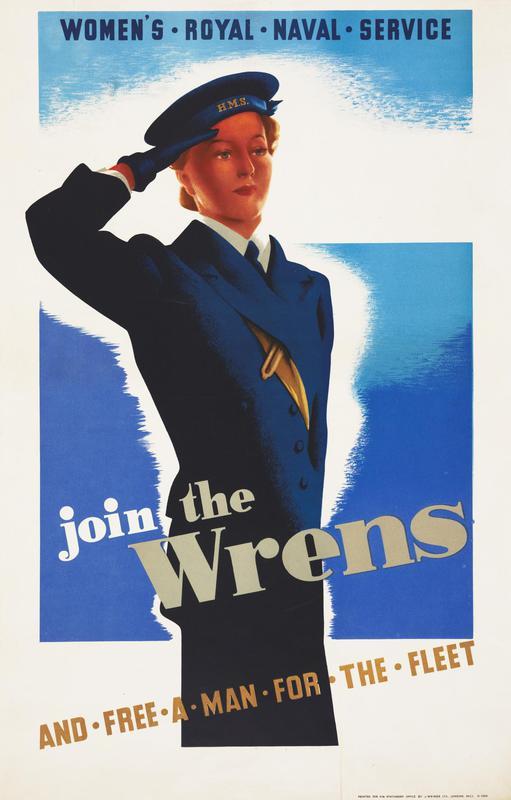
The first Wrens were put into positions traditionally performed by non-enlisted women. Jobs like cooks, stewards and typists were commonly filled by Wrens. As the war continued it soon became necessary to increase those roles to include jobs which previously had only been held by men. During the war, the number of Wrens peaked at nearly 74,000, and the number of different jobs they performed increased to more than 200. One of the jobs in which the Wrens received world-wide recognition was that of the motorcycle dispatch rider.
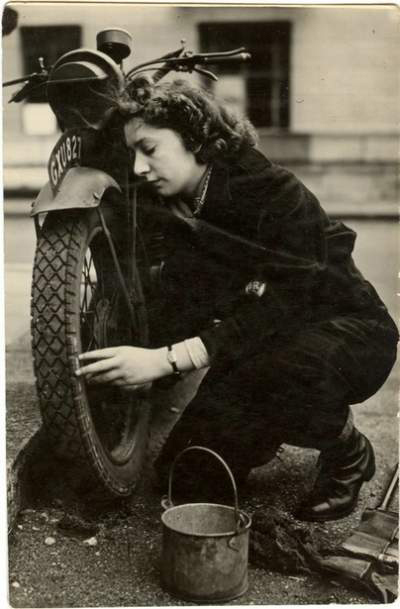
The British Royal Navy wanted women who could not only ride motorcycles, but also maintain their own machines. The first women chosen for dispatch duty were well-known competition riders from local motorcycle race circuits. As war-time need increased, more women were trained, many of whom served with great distinction.
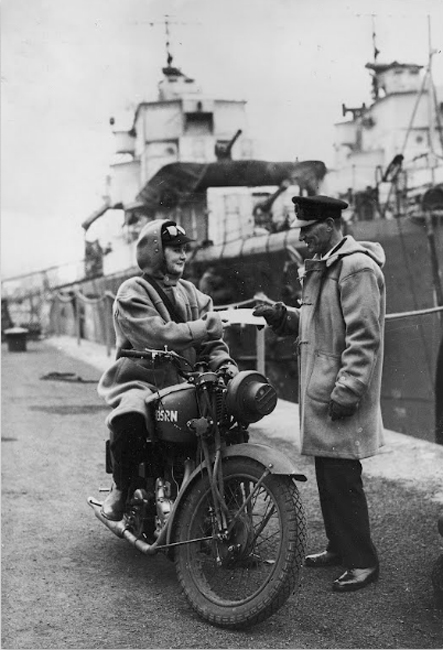
An Associated Press article from May of 1942 relates the story of Wren McGeorge who was awarded the British Empire medal for bravery following her actions during a bombing raid on the town of Plymouth. While carrying urgent messages to her commander, McGeorges motorcycle was struck by a bomb. Although McGeorge was not injured, the motorcycle was rendered useless. Still determined to get her messages delivered, McGeorge left the wrecked motorcycle behind and ran the remaining half mile back to headquarters with bombs falling all around her. After successfully delivering her messages, she volunteered to go back out into the fray. Hopefully they found her a new motorcycle for the next run!
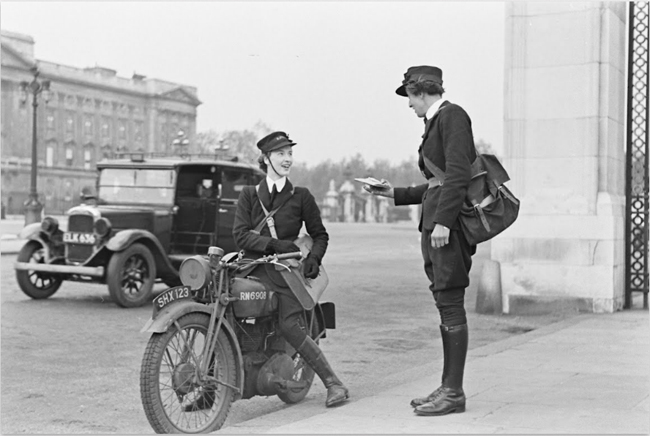
During the invasion of the Low Countries, the London-based Wrens worked eight-hour shifts, both day and night, to deliver messages between the Admiralty and multiple embassies. Their work throughout the Battle of Britain was highly praised as safe passage through London became increasingly difficult with the German bombing campaign wreaking havoc on the city.
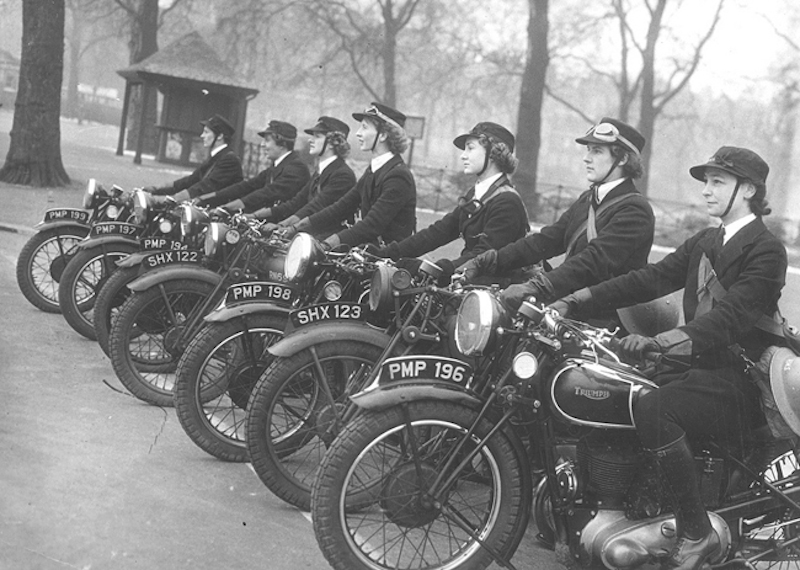
Although they never served at sea, a total of 100,000 women served in the British Royal Navy as Wrens during WWII. Of those, 303 were killed in service to their country. The Wrens continued in active service until 1993, at which time they were officially integrated into the Royal Navy.
More Photos
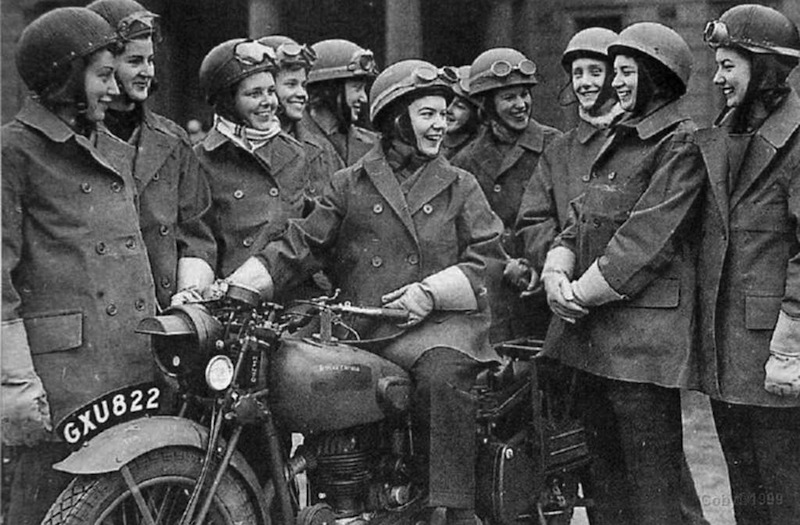
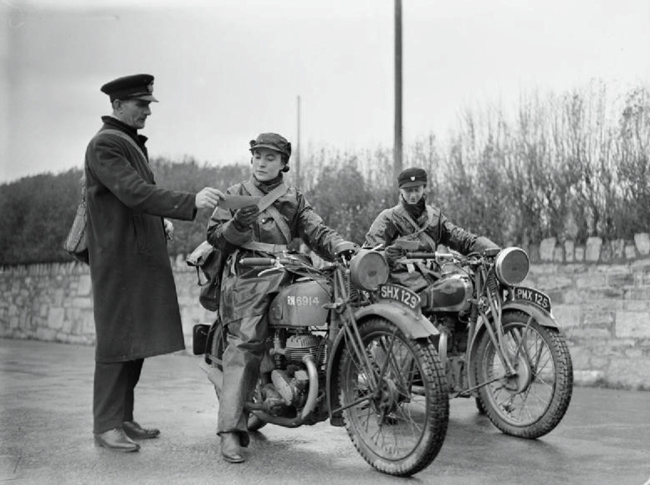 |
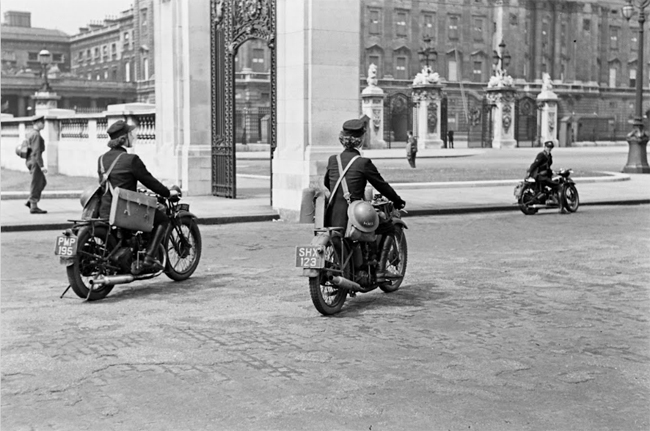 |
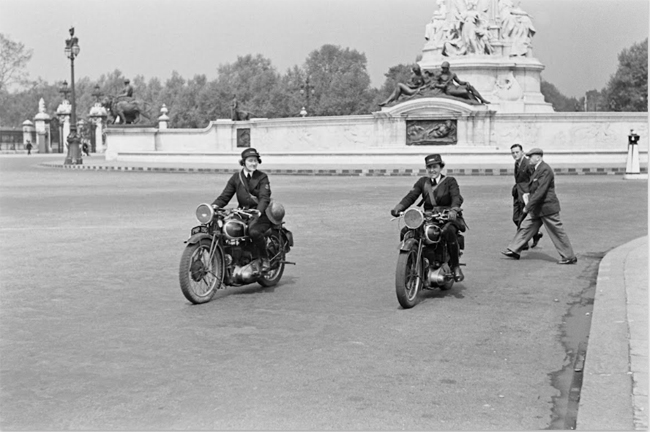 |
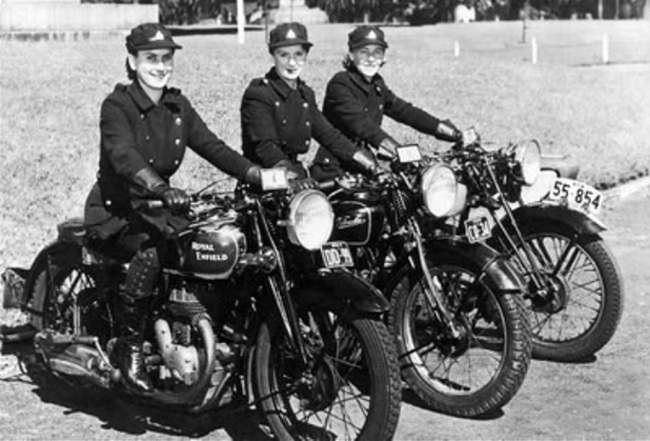 |
Panhead Jim is a freelance writer and vintage motorcycle enthusiast. He purchased his first vintage Harley-Davidson, a 1964 Duo-Glide, in 2010 and has been riding and writing about it ever since. He maintains his own website,Riding Vintage, which features an extensive collection of self-written articles on the subject of antique motorcycles. Panhead Jim has also written articles for various print magazines including American Iron, Road Bike (now Motorcycle) and Kustom Magazine. His newest project is the restoration of a 1933 Harley-Davidson VL, which he plans to ride cross country in the fall of 2014.
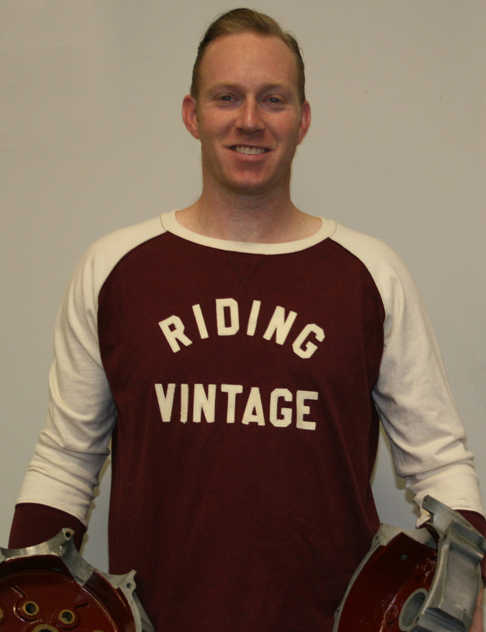 |
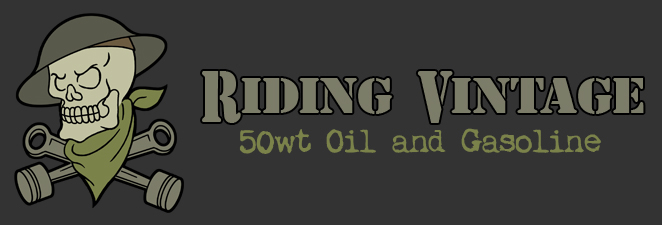 |
Related Articles
Pioneers: Honeymooning by Motorcycle
A Woman Wins Cannonball Run Vintage Motorcycle Rally

My mother is in four of these photos. One of them I have with mum’s nickname scribbled on the back and the official MOD stamp limiting circulation. Mum was in the Plymouth blitz but by 1942 she had been transferred to Bletchley Park and then overseas. I guess that she must have been delivering messages to and from Bletchley and thus that is how she got to know something was going on there. As well as the bikes in these pictures she got try out an Aerial Square 4 but found it a bit heavy. I only found these things out in about 2010 when I asked her about the war and noted her comments down. Like everyone at Bletchley she signed the Official Secrets Act and so didn’t talk about it.
That is amazing, John! Thank you for sharing this extra information about your mum. She was a true pioneer in women in motorcycling!
Great article but of greatest interest to me is the photo of the WREN doing maintenance on her bike. That’s my Mother! She had a copy of the magazine with her on the cover and explained how they rode at night without headlights for the Ministry of Information and Churchill’s headquarters during the war. The group can be identified by the GXU ID of the bike. You talk about daring and skilled riders–they were the best according to the GI troops stationed in London.
Thank you for this article. It’s amzingly awesome to me. I did not know about the British Wrens. Awesome!
Wow! LOVE this article. Well done!
Stories like this and vintage photos of women riding always make me smile. Thanks for sharing!
Great article! We need more articles about women motorcyclists in the past!
What a great article and vintage photos! I’ve never known or read about these women in WWII. Thanks for educating me and passing on the article to other women riders!